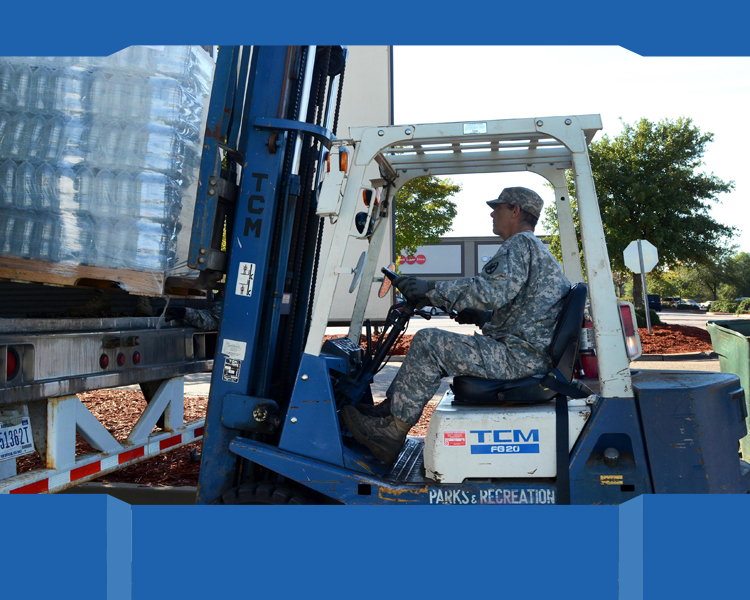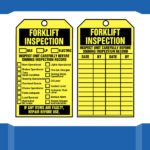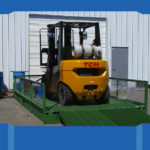
Tips to prepare a commercial building for a hurricane
If you are leasing commercial real estate in South Florida it is important to prepare your warehouse to prevent any damage to your business.
Hurricane’s has caused billions of dollars in property damage and resulting in the deaths of many people through South Florida. Even after the storm had passed, the flooding winds resulted in a long-lasting impact on South Florida’s infrastructure, including electricity, running water, and sewage systems.
The workplace is the strength of any community. It provides a wide variety of specialized services to its clientele and an economic base for its employees. The commercial sector should prepare to protect its property against the hazards generated by a hurricane. If you are leasing commercial real estate in South Florida it is important to prepare your warehouse to prevent any damage to your business. Fortunately, there are a number of steps you can take to prepare your industrial space from hurricane damage.

Planning
· Review property insurance with the company’s insurance agent concerning the hazards of a hurricane.
· Determine and establish written hurricane protective procedures for the business property and its contents.
· Inform key employees or essential staff of their specific responsibilities under the established hurricane procedures.
· If appropriate, establish an employee training program concerning your hurricane procedures.
· Specify conditions under which hurricane protective procedures may be implemented.
· Determine and acquire emergency protective equipment and supplies (e.g., heavy plastic sheeting, duct tape, masking tape, sandbags, emergency generator, storm shutters, chain saw, large pieces of plywood, hand tools and other essential items).
· Appoint an individual and designate an alternate to implement hurricane protective procedures.
· Establish plans for the protection of computer files (e.g., a backup system to secure data and safe storage).
· If appropriate, develop a system for the identification of employees (e.g., I.D. cards, vehicle permits, badges, etc.).
· If appropriate, inform all employees on when and how they will be notified to report back to work.

Preparedness
· Monitor a local radio or television station for official emergency information and instructions.
· Take photographs or video of business establishment inside and out, from all angles. This will help to substantiate insurance claims later.
· Assemble insurance policies and financial records necessary to expedite quick settlement of claims; package in waterproof container.
· Make arrangements to pay employees, preferably in cash, as it may be some time before banking institutions are operational.
· Implement hurricane protective procedures as conditions warrant.
Make sure that your insurance covers the damage from a hurricane
Building Exterior
· Clean drains, gutters and downspouts of the buildings.
· Remove antennas or loose objects from the roof.
· Bring in display racks and other objects usually left outside. Secure all loose objects, such as trash cans, which might cause damage during strong winds.
· Remove outdoor signs, especially those that swing or are portable.
· If building has exterior glass frontage, clear out that section of the building as much as possible and use shutters or board up to protect glass. If you have no shutters or boards, strong masking or duct tape may be used. Tape in an “X” fashion on the inside of the glass to reduce shattering.
Building Interior
· Move goods, equipment or furniture away from windows and skylights to avoid from water damage.
· Clear all desk and table tops of small loose objects.
· Take down all loosely secured pictures, plaques, etc.
· Box or place in desk drawers or storage cabinets any loose papers, books, hanging plants, etc.
· Relocate files, boxes, computers, office machines and other equipment to the innermost portion of the building or a safer location.
· Do not leave boxes or equipment on the ground floor; elevate them by placing items on desk or table tops.
· Remove contents of lower file cabinet drawers on the ground floor of the building and secure contents elsewhere.
· If time permits, make an inventory of all moved items to ease unpacking after the storm.
· Disconnect all electrical appliances and equipment, except for refrigeration.
· Cover merchandise, office machines, specialized equipment, file cabinets, copy machines, computer terminals, etc. with tarpaulins or plastic sheeting and secure with sturdy tape.
· Close all windows and draw blinds or drapes.
· Turn off the electricity except for refrigeration at the power box and lock all doors when you leave.
· Before leaving the property, recheck the securing of the outdoor objects.
· If you own equipment that could be useful after the storm(e.g., forklifts, reach stackers, tractor, lift trucks, etc.), notify local emergency management officials.









